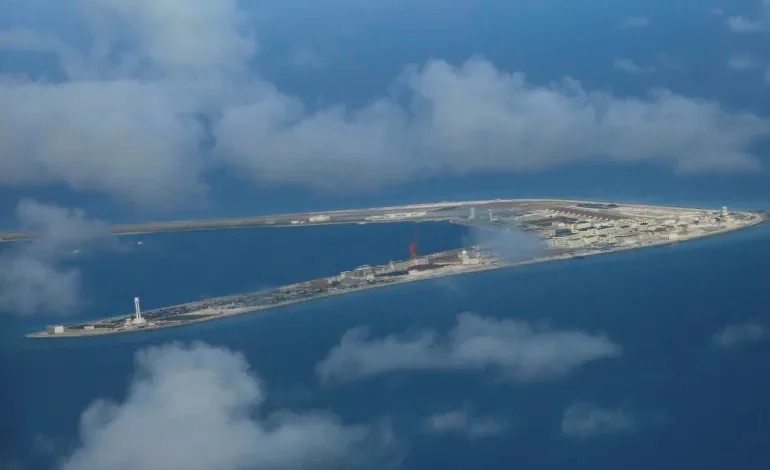The Chinese military announced it drove away three Philippine aircraft that it claims were illegally flying over the disputed Spratly Islands in the South China Sea on Thursday, Al Jazeera reports.
This marks the second aerial incident this week between China and the Philippines in the contested waters, further escalating tensions in the region.
Air Force Colonel Tian Junli, spokesperson for the Chinese People’s Liberation Army Southern Theatre Command, stated that the military had dispersed two small Cessna 208 planes and a light N-22 aircraft.
The announcement follows a reported 30-minute standoff between a Chinese naval helicopter and a Philippine Bureau of Fisheries and Aquatic Resources (BFAR) plane near the Scarborough Shoal, witnessed by foreign media.
The Scarborough Shoal lies within the Philippines’ exclusive economic zone (EEZ), extending 200 nautical miles from its shore. However, China has controlled the shoal since 2012, according to the Asia Maritime Transparency Initiative.
Following the incident, the Southern Theatre Command accused Manila of pursuing its “illegal sovereignty claim with military provocations” and of attempting to “mislead international understanding by hyping up [the situation], which is doomed to fail.”
China claims nearly the entire South China Sea, a stance that has led to frequent confrontations with neighboring countries including Brunei, Indonesia, Malaysia, Vietnam, and the Philippines. Since 2013, China has constructed 20 outposts in the Paracel Islands and seven in the Spratly Islands, both disputed archipelagos in the South China Sea, according to the Asia Maritime Transparency Initiative.
This incident comes on the heels of other recent controversial Chinese military actions. Last week, three Chinese warships entered Australia’s exclusive economic zone, coming within 150 nautical miles of Sydney.
Australian Defence Minister Richard Marles described the event as “unusual but not unprecedented.” Prime Minister Anthony Albanese stated on Friday that China had warned of potential “live fire” naval drills in international waters off Australia’s eastern coast, prompting commercial flights to be instructed to avoid the area.









The latest news in your social feeds
Subscribe to our social media platforms to stay tuned